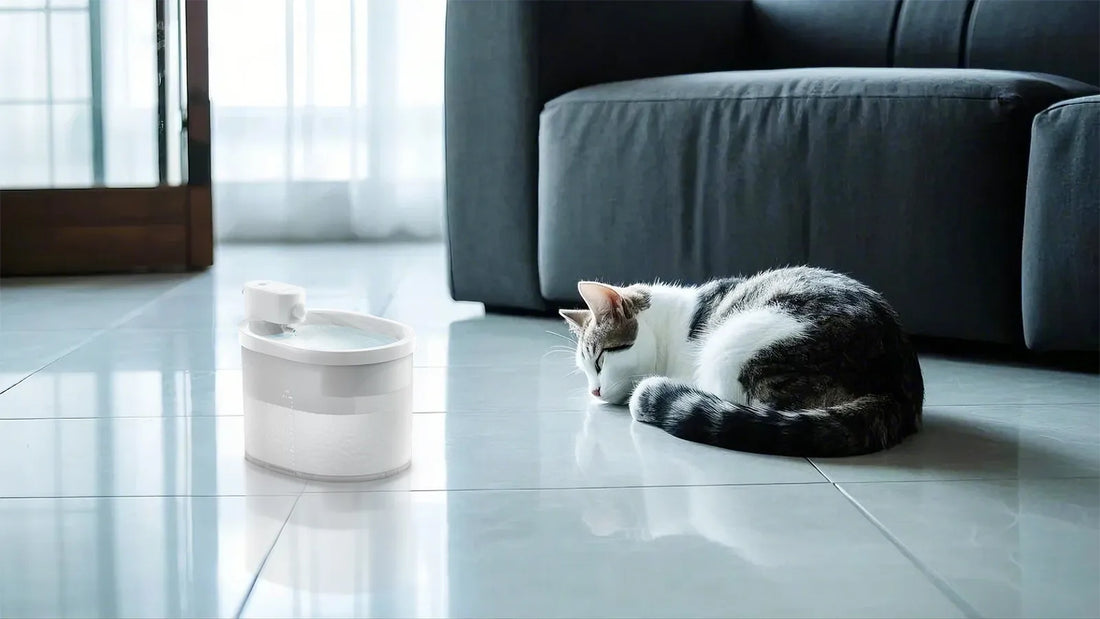Have you ever wondered what a cat bath entails? While cats are known for their self-grooming habits, there are times when a bath becomes necessary. Whether your feline friend has gotten into something messy or has a medical condition that requires regular cleaning, understanding the process can make it less stressful for both of you. This article dives deep into the world of cat baths, offering tips, tricks, and insights to help you navigate this often-dreaded task.
Why Cats Typically Avoid Water
Cats are naturally averse to water, and this behavior is rooted in their evolutionary history. Unlike some animals that rely on water for survival, cats evolved in arid environments where water was scarce. Their ancestors didn’t need to swim or bathe, so modern cats inherited this instinctual avoidance. Additionally, a cat’s fur isn’t designed to dry quickly, making wetness uncomfortable and potentially dangerous in colder climates. Understanding this natural aversion can help you approach bath time with empathy and patience.
When Is a Cat Bath Necessary?
While cats are excellent groomers, there are situations where a bath is essential. For instance, if your cat has rolled in something sticky, smelly, or toxic, a bath is the best way to clean them. Cats with certain medical conditions, such as skin infections or allergies, may also require regular baths as part of their treatment plan. Older or overweight cats might struggle to groom themselves effectively, making occasional baths necessary to maintain their hygiene. Always consult your veterinarian if you’re unsure whether your cat needs a bath.
Preparing for a Cat Bath
Preparation is key to a successful cat bath. Start by gathering all the necessary supplies, including a gentle cat-specific shampoo, a non-slip mat, a pitcher or sprayer for rinsing, and a soft towel. Choose a warm, quiet room where your cat feels safe, and fill the sink or tub with a few inches of lukewarm water. Trim your cat’s nails beforehand to minimize scratches, and brush their fur to remove any tangles. Having everything ready beforehand will make the process smoother and less stressful.
Step-by-Step Guide to Bathing Your Cat
Begin by gently placing your cat in the water, ensuring they feel secure. Use a calm and reassuring tone to keep them relaxed. Wet their fur thoroughly, avoiding the face and ears. Apply a small amount of shampoo and work it into a lather, starting from the neck and moving toward the tail. Rinse thoroughly to remove all traces of shampoo, as residue can irritate their skin. Wrap your cat in a soft towel and gently pat them dry. If your cat tolerates it, you can use a hairdryer on the lowest setting, but ensure it’s not too hot or loud.
Tips for Reducing Stress During a Cat Bath
Bathing a cat can be a stressful experience for both you and your pet, but there are ways to make it easier. Introduce your cat to water gradually by letting them explore a dry tub or sink before adding water. Use treats and positive reinforcement to create a positive association with bath time. If your cat is particularly resistant, consider using waterless shampoo or wipes as an alternative. Remember to stay calm and patient, as your cat will pick up on your emotions.
Common Mistakes to Avoid
One of the most common mistakes is using human shampoo, which can be too harsh for a cat’s sensitive skin. Always opt for a product specifically designed for cats. Another mistake is rushing the process, which can increase your cat’s anxiety. Take your time and ensure your cat feels safe throughout the experience. Avoid getting water in their ears or eyes, as this can cause discomfort or infections. Lastly, don’t force your cat into the water if they’re extremely distressed, as this can lead to long-term fear of baths.
Alternatives to Traditional Cat Baths
If your cat absolutely hates water, there are alternatives to traditional baths. Waterless shampoos and grooming wipes can help clean your cat without the need for water. Regular brushing can also remove dirt and loose fur, reducing the need for baths. For cats with specific medical needs, your veterinarian may recommend specialized cleaning products or techniques. Always prioritize your cat’s comfort and well-being when choosing a cleaning method.
The Importance of Post-Bath Care
After a bath, it’s important to ensure your cat is completely dry to prevent chilling. Brush their fur gently to remove any tangles and distribute natural oils. Monitor your cat for signs of stress or discomfort, and offer treats or playtime to help them relax. If your cat has a medical condition, follow your veterinarian’s instructions for post-bath care. Proper aftercare will help your cat recover from the experience and maintain their health.
Giving your cat a bath doesn’t have to be a nightmare. With the right preparation, techniques, and mindset, you can turn bath time into a manageable—and even enjoyable—experience for both you and your feline companion. Whether your cat needs a one-time cleanup or regular baths, understanding what a cat bath entails will make you a more confident and capable pet owner. So, the next time your furry friend gets into a sticky situation, you’ll be ready to handle it with ease.













